In the most basic terms, Hypertrophy refers to an increase in the size of a…
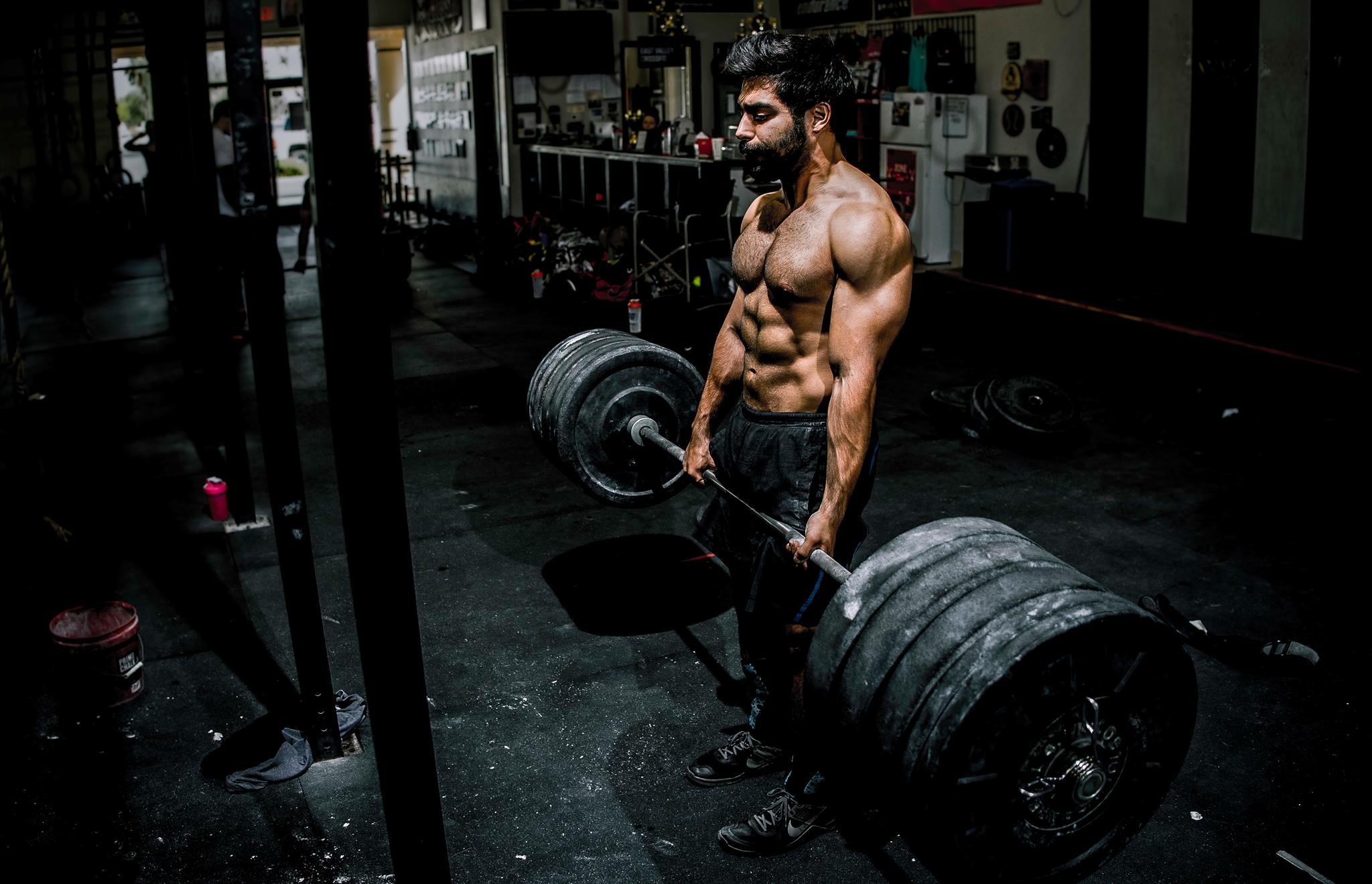
5 Training Methods Worth Borrowing from Bodybuilding
Every specialty has areas of expertise that are fundamental their chosen pursuits. Bodybuilding has very different objectives than weightlifting, powerlifting, strongman, or functional fitness, but bodybuilders do possess knowledge that can benefit us. In the early days of strength sports there was a less significant delineation between the sports. Athletes would often compete in both strength and physique competitions.
Bodybuilders train with the purpose of developing a specific look. Several of the key outcomes sought by Bodybuilders are hypertrophy, symmetry, and optimal body composition. These training objectives are typically considered by “non-bodybuilding” athletes only to the extent to which they affect performance. In spite of this, there are applications of bodybuilding methods that can benefit athletes of other sports. The bodybuilding community is knowledgeable in the areas nutrition, supplementation, and training for hypertrophy. This article examines several training methods that may be useful to athletes in need of muscular development, size, or improved localized muscular endurance.
In short, bodybuilding methods can provide athletes from other sports with the following benefits:
- Increased localized muscular strength and endurance
- Increased connective tissue strength and Joint stability
- Hypertrophy (not always a desired outcome)
- Variety and enjoyment
Definitions
Agonist muscles cause a movement to occur through their own activation. An example is the biceps musculature during the biceps curl.
Antagonist muscles are simply the muscles that produce opposing joint torque in relation to the agonist muscles. An example is the triceps musculature during the biceps curl.
Push/Pull often refers to a training structure based on pulling and pushing exercises. This can be as simple as pairing pushing and pulling exercises in an attempt to ensure balanced development. Push/pull can also be a means of determining which exercises to employ in a split training program (separating training days based on push vs pull).
5 Training Methods
Superset
Select two exercises that engage musculatures of an antagonistic relationship (opposing muscle groups). This can be as simple as pairing a pushing exercise with a pulling exercise. Typically, the exercises will be completed in immediate succession, followed by a brief rest interval.
Supersets allow the athlete to accomplish more work in less time as compared to performing single exercise sets. This is due to the pairing of exercises; proper pairing of exercises allows the athlete to complete more work in a given time period because one muscle group recovers (to some extent) while the other works. The pairing of exercises can also be an effective means of increasing the metabolic demand of the training session and decreasing the amount of time required to complete a training session.
Exercises That Work Well as Pairs in Supersets
- Close Grip Bench Press / Weighted Chin-up
- Weighted Bar Dips / Weighted Pull-up
- Bench Press / Legless Rope Climb
- Bar Dips / Bent Row
- Overhead Press / Biceps Curl
- Front Squat / Nordic Curl
- Thruster / Pull-up
- Deadlift / Handstand Push-up
Exercise pairing is only limited by the purpose of your training and your imagination.
Examples of Set & Rep Structures for Supersets:
5 rounds for load:
5 Close Grip Bench
5 Weighted Chin-ups
(make consistent increases each set)
(rest 1:30 between rounds)
Another way of writing the same workout:
Superset:
Close Grip Bench 5-5-5-5-5
Weighted Chin-ups 5-5-5-5-5
(rest 1:30 between rounds)
Additional ways of applying supersets:
Push Press
80% 1×3
85% 2×2
90% 3×1
*follow each set with 1 Legless Rope Climb
For time:
100 Bar Dips
*10 Kettlebell Swings at every break 53/35
__________________________________________________________________________________
Compound Sets
Select two exercises that engage musculatures of an agonistic relationship (Push/Push or Pull/Pull). Typically, the exercises will be completed in immediate succession, followed by a brief rest interval.
The purpose is to really hammer a specific muscle group. This method can be used to overcome a specific weakness, to develop localized muscular endurance, and/or to increase the metabolic demands of a workout. The systemic metabolic demand, however, is often limited due to localized muscle fatigue.
Examples:
3 rounds:
6 Bench Press
Max Bar Dips
(rest 3:00 between sets)
5 rounds:
3 Weighted Pull-ups
6 Dumbbell Pullovers
9 Barbell Bent Rows
(rest 2:00 between rounds)
For time:
21-15-9
Handstand Push-up
Ring Dip
Push-up
__________________________________________________________________________________
Pre-Exhaustion
Select two exercises that engage musculatures of an agonistic relationship (Push/Push or Pull/Pull). Typically, the exercises will be completed in immediate succession, followed by a brief rest interval. Pre-exhaustion sets are similar to compound sets, but pre-exhaustion sets will tax the stronger muscles first so as to equalize the workload handled during the full exercise.
For example, when performing pull-ups, the limiting factor may be the strength or muscular endurance of your biceps. This can create a situation where the other muscles involved in the movement never get fully taxed. Pre-exhaustions address this by fatiguing the stronger musculature first and thereby increasing the likelihood of fully working all muscles involved in the movement.
Examples:
5 rounds for total reps:
8 Dumbbell Pullovers
Max Strict Pull-ups
(rest 1:30 between rounds)
The pullover fatigues the lat muscles while having minimal effect on the biceps muscles. This will help equalize the work capacity of all muscles involved in the movement.
4 rounds of:
8 Incline Dumbbell Fly
8 Dumbbell Bench Press
(1:30 between rounds)
The incline dumbbell fly serves to pre-exhaust the pec muscles prior to the dumbbell press.
__________________________________________________________________________________
Drop Sets
Perform the prescribed number of reps or work until failure. Immediately reduce the load and resume work. Continue in this manner until the desired number of sets have been completed. Drop sets are potent and should be employed in a judicious manner. They can be useful for developing localized muscular endurance and hypertrophy.
The main parameters to consider when implementing drop sets include the desired rep range, the number of drops, and the amount of weight to be dropped.
Example:
Start with a weight that allows you to complete roughly 6 reps. Complete as many high-quality reps as possible. Rack the weight and have a partner decrease the weight. Start your next series of reps immediately. Repeat this until you have completed the prescribed number of drops in weight. It may take some experimentation to determine the amount of weight that you should decrease by on each drop. Load and rep selection will be entirely dependent upon your purpose for employing drop sets.
The above workout may be written in the following format:
Seated Row
Drop Set (4 drops)
6 x 180lbs
6 x 150lbs
8 x 130lbs
7 x 100lbs
15 x 70lbs
Another example:
Back Squat
Drop Set (3 drops)
3 x 405lbs (approx. 90% 1RM)
7 x 315lbs (approx. 70% 1RM)
11 x 225lbs (approx. 50% 1RM)
15 x 135lbs (approx. 30% 1RM)
Prescribing weight and drop intervals
This can be a challenge due to a variety of factors. It is often most effective to determine the amount of weight dropped based on experience. Another consideration is the ease of changing weights. The amount of weight decreased in each drop above is simply dictated by the weight change resulting from removing a 45lbs plate from each side of the bar.
__________________________________________________________________________________
“The Honest Workout”
Vince Gironda was one of the premiere gym owners and trainer of bodybuilders in the early days of the sport (Vince’s Gym 1948-1995) . His career bridged the transition from natural bodybuilding into the steroid era. Vince learned to train before steroids were available. This gives him significant credibility when it comes to methods of training natural athletes.
Reportedly, one of Vince’s favorite training protocols was what he referred to as “The Honest Workout”—essentially an 8×8 protocol. At first glance, this workout appears to be borderline excessive. Closer observation reveals that it makes a lot of sense and is actually a rather “fun” way to train. Vince typically trained his athletes in short sessions. He was a big believer in the concept of density. His approach was to do more work in less time. This approach is a powerful systemic stimulator for the metabolism and hormonal system.
Selecting an appropriate weight is going to in large part determine the effectiveness of the workout. There are several ways that you can manage your weight selection, tempo, weight progression, and rest intervals when training with “The Honest Workout.”
- Determining Weight: (all sets completed at the same weight)
- Start with roughly 50-60% of your 1RM.
- Select a weight with which you are certain you can complete the work.
- Start with a weight that is challenging for 8 reps. Repeat the workout until you are able to complete all 8×8 with the selected weight. (This method is probably the most likely to quickly lead to overtraining)
- Tempo: (Speed at which the bar is moved through the range of motion)
- At the very least, all reps should be controlled with no bouncing or uneven movement.
- The difficulty of the workout can be increased by slowing the tempo of movement. This will keep the muscles under load longer and require more energy in order to control the movement of the load.
Tempo Bench Press 3131
(:03 Eccentric, :01 At the bottom, :03 Concentric, :01 at the top)
The following are a couple of tempos that work well for this type of workout:
-2020 (:02 Eccentric, No Pause , :02 Concentric, No Pause)
-3131 (:03 Eccentric, :01 Pause, :03 Concentric, :01 Pause)
Experiment with a variety of tempos. Slowing the tempo is an effective way to increase the difficulty of a workout without changing anything else.
- Progressions of Weight:
- Don’t be in a hurry to increase weight. First priority is movement quality, second priority is rest intervals, and third is amount of weight.
- Once you reach the point of completing all 8×8 with quality movement and are able take rest intervals of :30 or less, then it’s time to increase weight.
- As you become familiar with this workout, you should be able to make a good estimation of your weight increases.
- Determining Rest Interval:
- Start with 1:00 between sets. Once you complete the workout successfully, decrease the rest for the following workout. The goal is to rest bellow :30 between sets.
Examples:
“The Honest Workout”
Bench Press
8×8
(rest :30 between sets)
“8×8 Superset”
Superset:
8×8 Chest Press
8×8 Seated Row
(rest :30)
“Divided Across Two Movements”
4 rounds:
8 Chest Press
8 Weighted Dip
(rest :30)
*note that this is in a Compound Set format
I know that I keep coming back to this, but it is important to keep training interesting and (to some degree) enjoyable. Sustained commitment to mastering your craft is the key to success. Practicing in a way that is stimulating and enjoyable increases the likelihood of long-term adherence to a training program. If nothing else, these methods will add variety to your training.
-Bachelor of Scie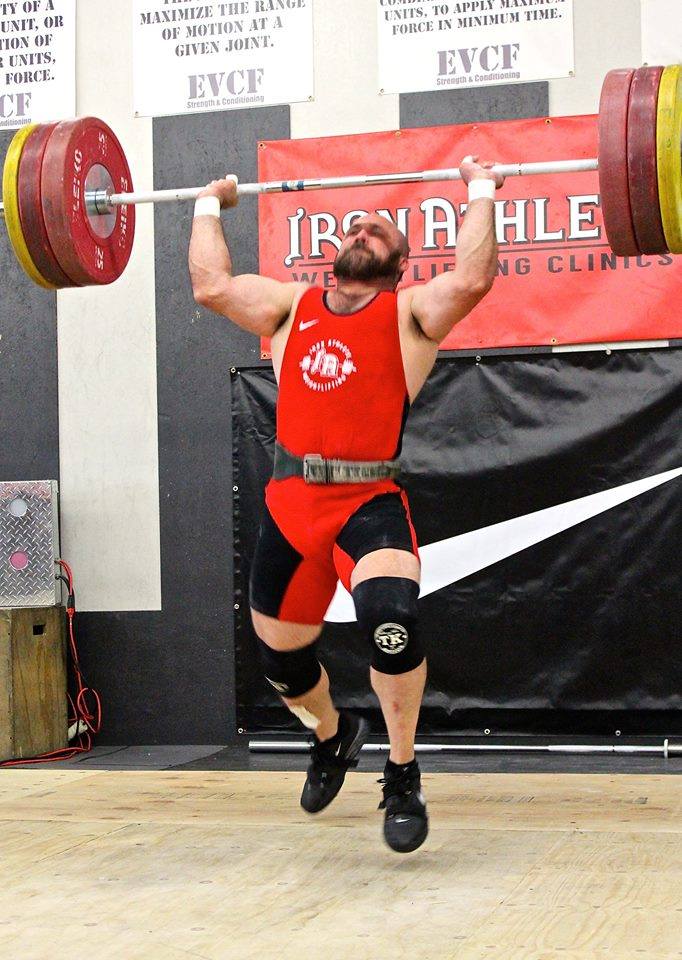 nce, Auburn University 1997
nce, Auburn University 1997
-Master of Education, Northern Arizona University 2005
-USA Weightlifting Club Coach 2001
-CrossFit Level 1 Instructor 2009
-USA Weightlifting National Coach 2012
-EVCF Regional Team Coach 2013, 2014, 2015, 2016, 2017
-EVCF CrossFit Games Team Coach 2014
-Masters National Record Holder: Snatch 130kg & Total 287kg (105kg 40-44)
-5 x American Masters Weightlifting Champion
-5 x American Masters – Best Lifter (2 x 35-39yrs, 3 x 40-44yrs)
-3 x Masters Nationals Weightlifting Runner-up
-President of Arizona Weightlifting Federation – LWC 48, 2016-current
This Post Has 4 Comments
Comments are closed.
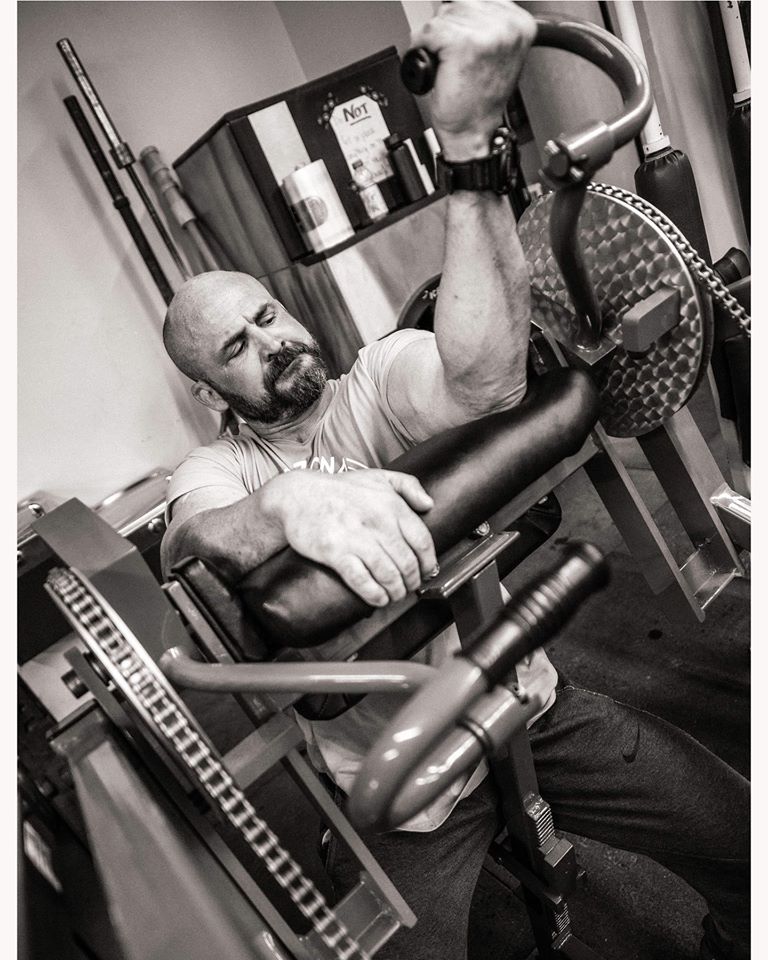
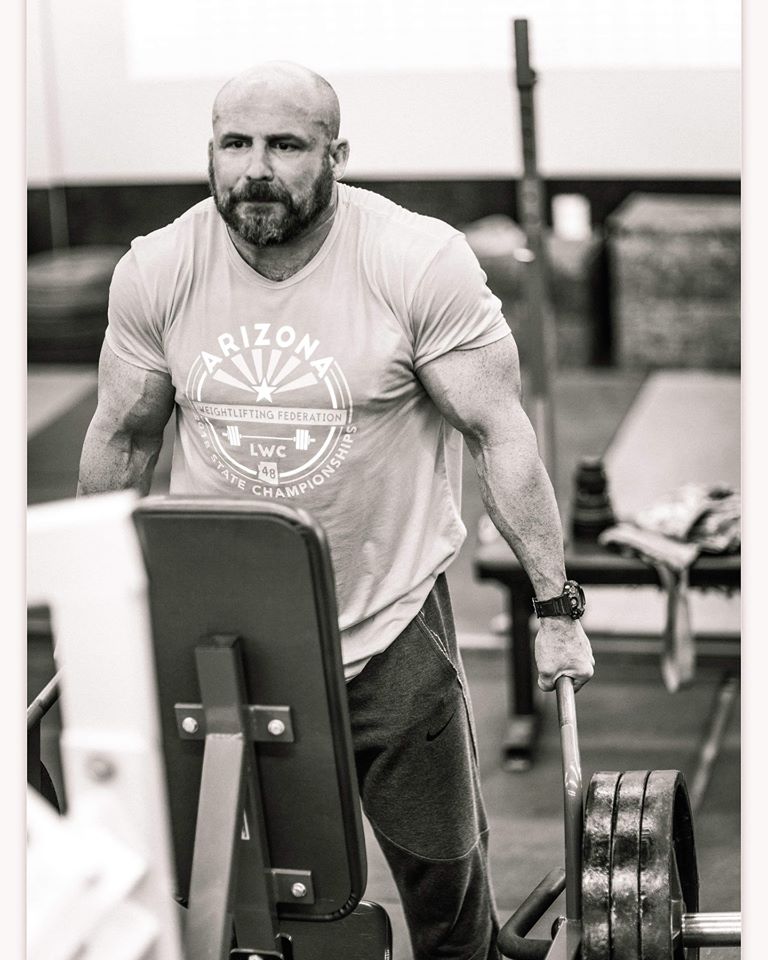
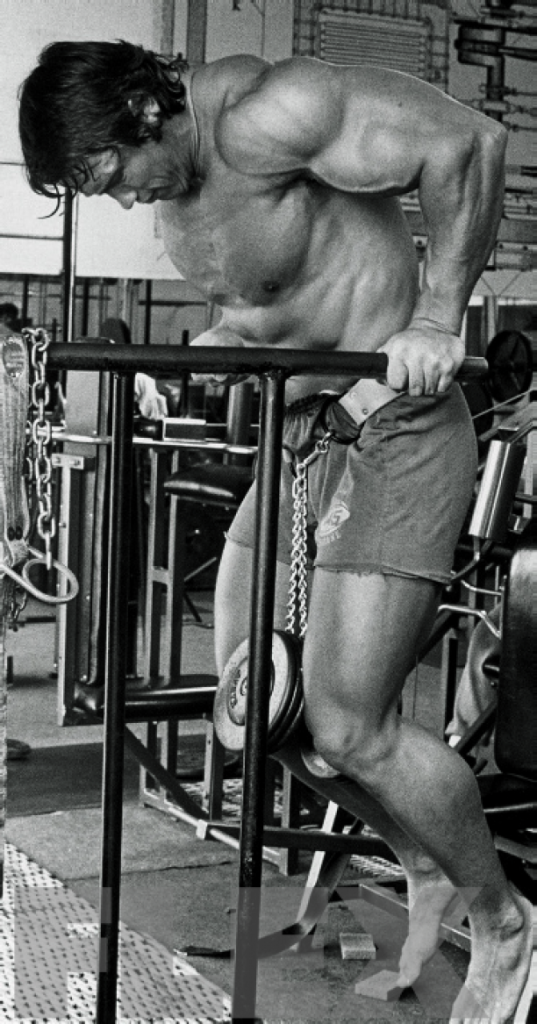
[…] Solution, https://www.ironathleteclinics.com/5-training-methods-worth-borrowing-bodybuilding/ the newest bodybuilding supplementation that is taking the bodybuilding industry by simply storm, […]
[…] is also important that https://www.ironathleteclinics.com/5-training-methods-worth-borrowing-bodybuilding/ you retain in mind that if you are interested in buying a dietary supplement, it is always best to […]
[…] forget that you have to be sure that the supplements https://www.ironathleteclinics.com/5-training-methods-worth-borrowing-bodybuilding/ you purchase will be effective. In fact, you need to get the most out of the health supplements […]
[…] you have found some reputable companies, ask for samples of the product. https://www.ironathleteclinics.com/5-training-methods-worth-borrowing-bodybuilding/ This is an essential first step, since if the supplementation business doesn’t give you a […]